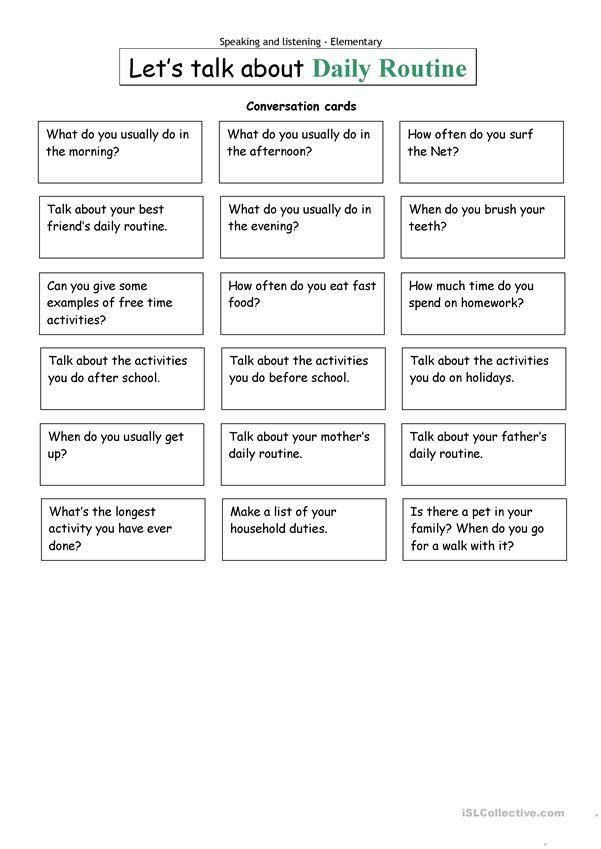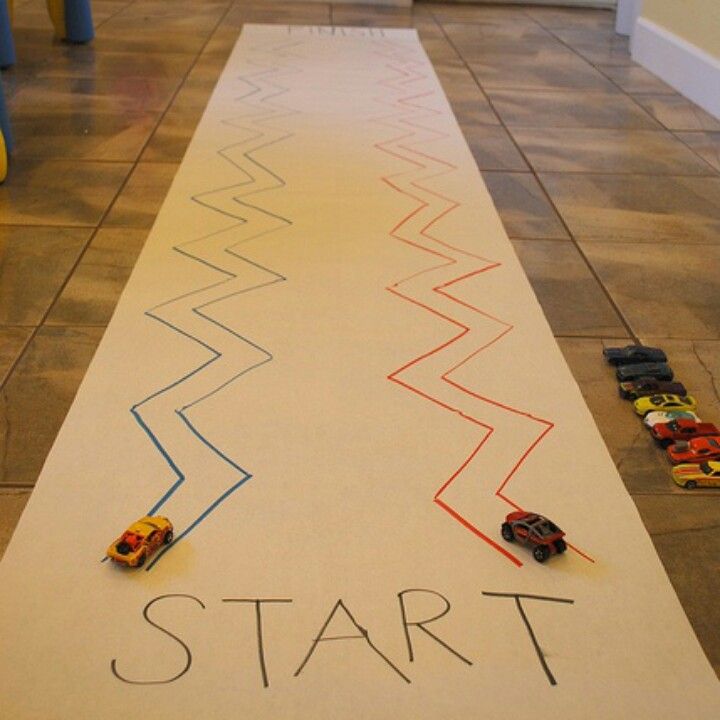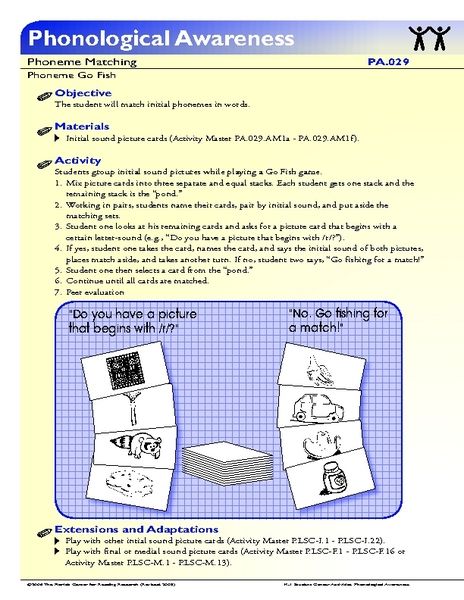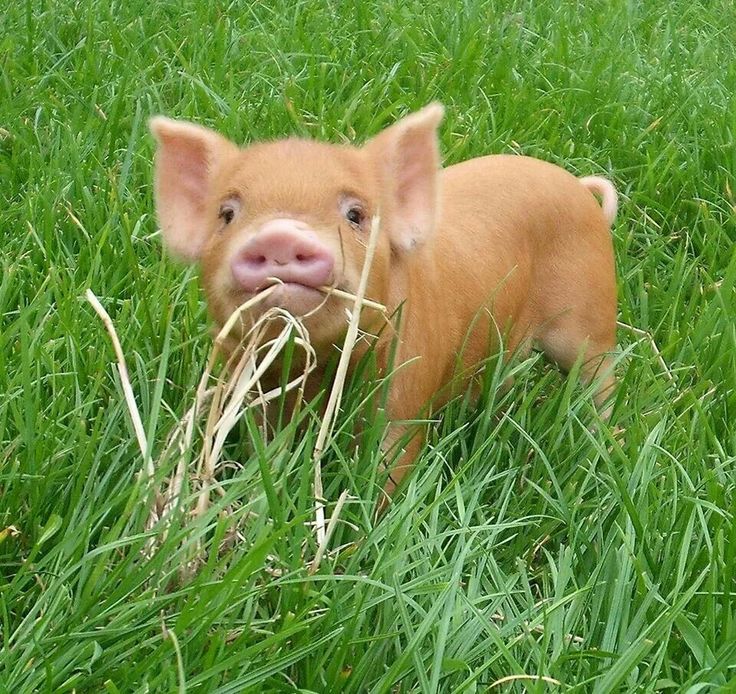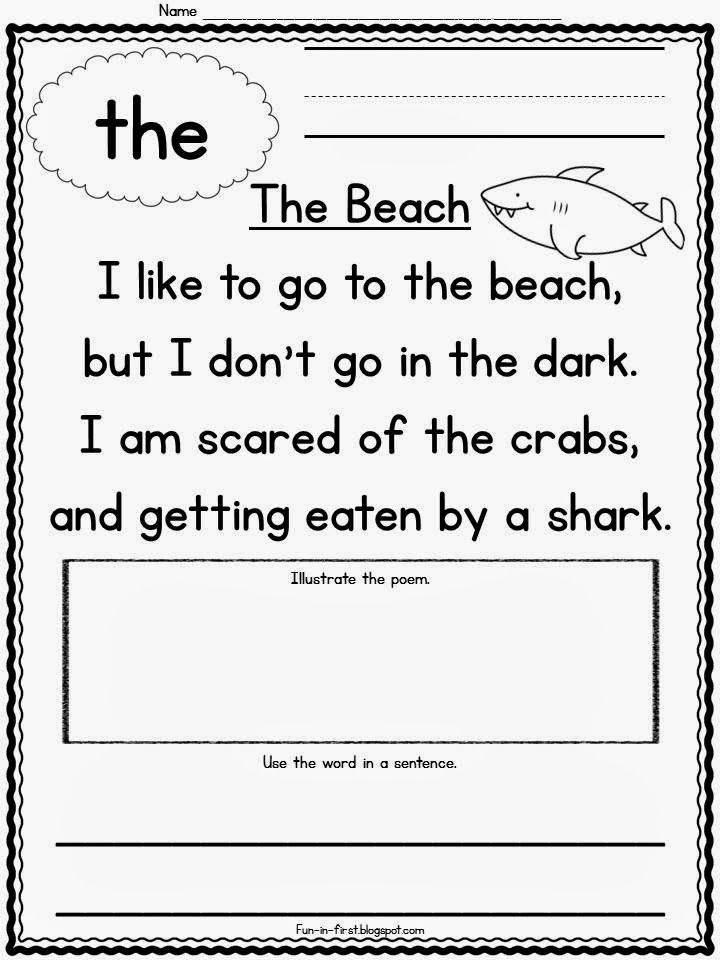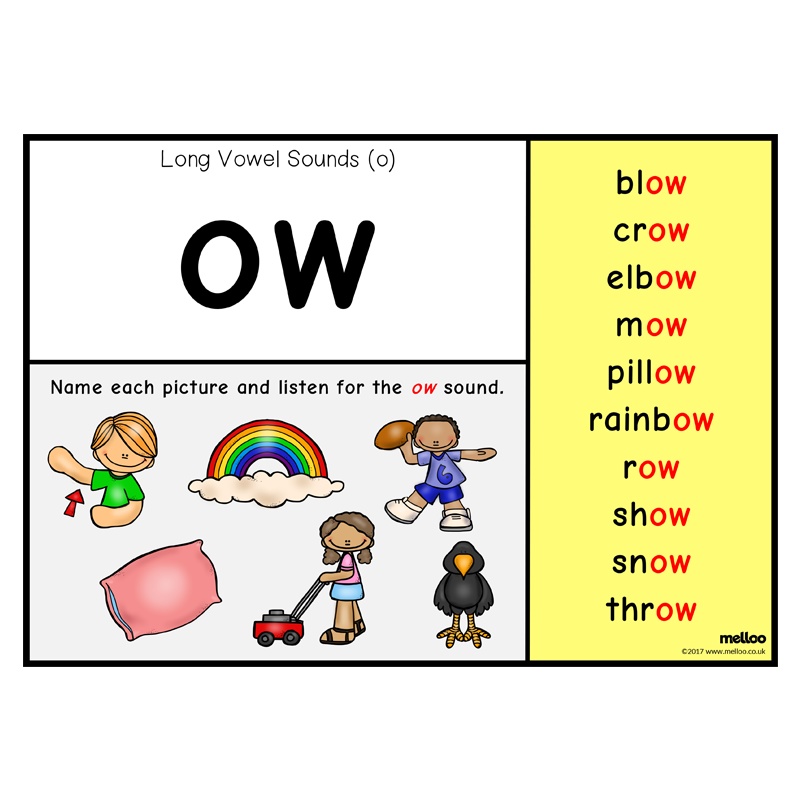Cooperation activities for elementary students
15 fun team building activities and trust games for the classroom
Lucie Renard —
The well-being of students has a direct impact on their results. So, happy students learn better. As a teacher, you play a crucial role in their well-being and development.
You can create a good classroom environment by getting students to work together and to respect each other. Team-building activities are perfect for teaching your students those skills. In this blog post, I gathered 10 fun team building activities in your classroom, so your students get closer to each other. After this, I give 5 more activities that help building trust between them.
Team-building activities for your classroom
All these examples of team building activities are easy to do in your classroom or in the hallway. If you want to take a breath of fresh air, you can also go outside, but it’s not necessary. There are activities here for both elementary students and for high school students.
1. Over the electric fence
This one is a well known team building game. Imagine two chairs connected with a wire at about 1m high. Imagine this is an electric fence. If you touch it, you’re dead. Even worse… everyone is dead, because all the students must stay connected as well, and just like with an electric fence, if one person touches it, the electric shock guides through all the persons until the last one. Good thing it’s not really loaded with electricity. The goal is to get over the fence while holding hands. It’s a real challenge, as not everyone can just jump over it. It takes real teamwork to succeed.
2. The human knot
Another classic team building game. Let your students stand in a circle, giving hands. Now, students have to tangle themselves by walking in between students in front of them, going over or under locked hands. They can also go between other students’ legs.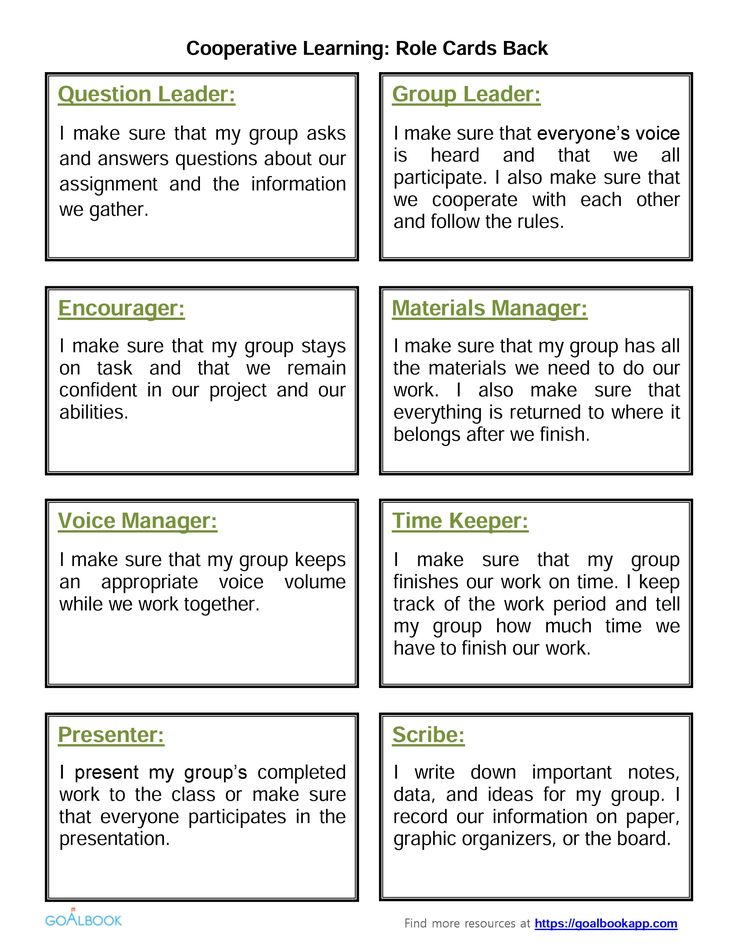 They have to make a knot keeping their hands locked to the other students. Now, two other students need to work together and give instructions to the human knot. They have to find a way to untangle it.
They have to make a knot keeping their hands locked to the other students. Now, two other students need to work together and give instructions to the human knot. They have to find a way to untangle it.
3. Escape the classroom
Create an “escape the classroom” game. Students will have to work together in groups to escape the classroom. They have to look for clues and codes on their computer and in the classroom. I just wrote a post about how you can create a digital escape room and combine it with elements in your classroom, which you can use as inspiration. Scavenger hunts, breakout games, or escape the classroom games encourage students to work together: planning a strategy, divvying up tasks and communicating progress.
4. Bob the builder
This game is all about working together to build something great. It lets students work together, develop great things, and makes them think critically and learn from their mistakes and successes. As a teacher, you give the teams an assignment. For example, your teams have to build:
For example, your teams have to build:
- The largest tower in Lego
- The largest bridge with toothpicks and marshmallows
- The biggest castle out of cardboard
If you’ve got older students, let them build the prettiest “alien” species with a 3D-printer. I’m sure you can come up with some nice challenges.
5. Storytime!
Gather your students in a circle and give each student a picture of an animal, object, place, … You could also give each student a certain emoji, such as a snail, a church, skis, a dancer, a baby, and so on.
Now, start a story by creating an introduction of your own. The next student goes further on the previous storyline and adds an extra narrative with the picture they’re holding. This process continues until you reach the last student. Together, you created a very complex and creative story. Every student took part in the story. This game is ideal for promoting communication, as well as a creative collaboration.
6.
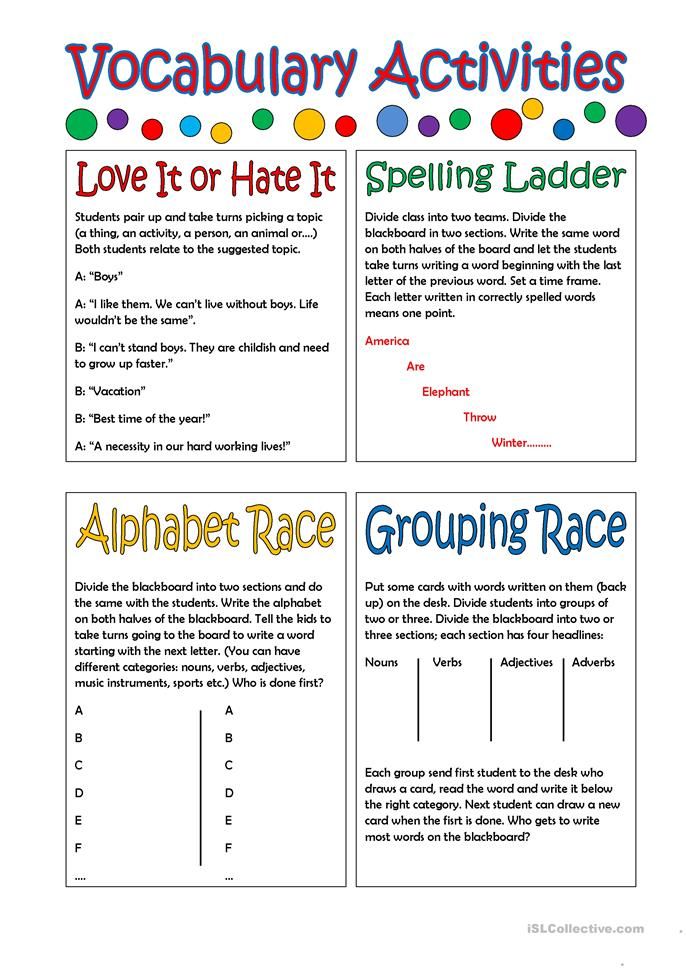 Shrinking classroom
Shrinking classroomHere, students have to organize themselves in a way they can fit a classroom space that’s rapidly shrinking. Divide your classroom into two groups. These two groups are competitors. They both stand in a defined place. The teacher reduces the standing area with, for example, a rope or small traffic cones. The students have to find a way to all fit in the limited area. As a teacher, you keep pushing their limits by reducing the area. The group that can get in the smallest “classroom” wins.
7. Get on the chair
For this classroom team building game, students need to be flexible and balanced. Provide a chair for every student. All the chairs should be lined up on one single line. Every student stands on a chair. Now, the teacher asks them to go stand in a certain order. For example: “I want you to organize yourselves from old to young.” The students now have to change places without touching the ground.
With this team building exercise, the students get to know each other better in an interactive way.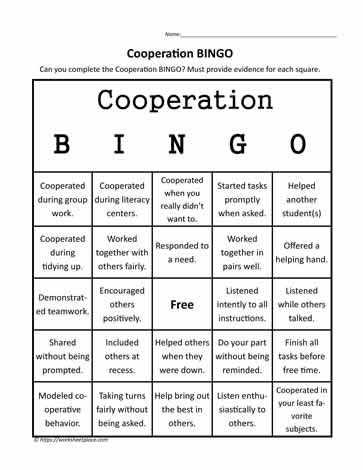 The teacher can give other orders like: “from tall to small.” or “from A to Z.” Every time, the students have to change their positions without pushing someone off the chairs. Working together is crucial. If you want to make it more challenging, you can set a time limit.
The teacher can give other orders like: “from tall to small.” or “from A to Z.” Every time, the students have to change their positions without pushing someone off the chairs. Working together is crucial. If you want to make it more challenging, you can set a time limit.
8. Classroom party
Around Halloween or Christmas, you could get your students to cook and decorate. They have to organize a classroom party. They are responsible for decorations, for the food, and for the games. Divide your students into 3 groups. They have to work in teams to create the best classroom party ever: One team designs the Halloween or Christmas food and buffet, one team does the craftwork for decorations, and one team prepares the classroom games that will be played that day. They become true event-planners.
9. Blanket switch
Divide your classroom into 3 teams. Each team stands on a blanket, leaving about a quarter of the blanket space. Now, the three teams have to turn over the blanket without leaving it.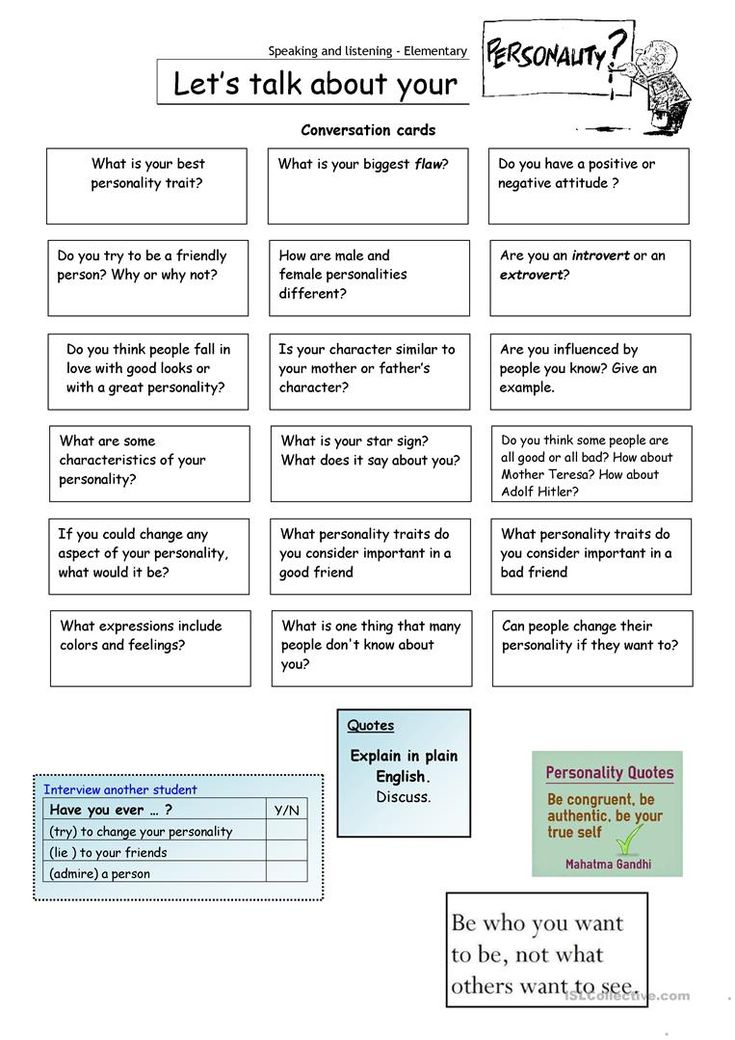 This means they have to work together to end up standing on the other side of the blanket.
This means they have to work together to end up standing on the other side of the blanket.
10. Movie time!
Create a class movie. It’s a big project, so students will have to work together closely. Again, this team building activity for students requires them to split up in groups. Here’s what needs to be done:
- Write a synopsis. What’s the classroom story about? Let all your students write a synopsis and vote for the best one.
- Divide the character roles
- Get the clothing and costumes together
- Prepare the scenes
- Film the scenes
- Put together and edit the scenes
- Organize a movie night.
Plenty to do for all the students in your classroom. It’s the perfect team building exercise that teaches students to work together and be creative.
Trust activities for students of all ages
Just like in the team building examples above, these trust games are perfect for the classroom.
11. Obstacle run
Use your benches, chairs, and dustbins as obstacles in your classroom.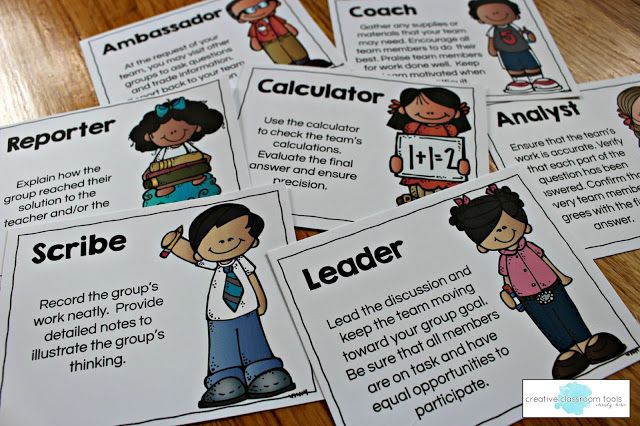 Create a real maze full of “roadblocks”. Divide your students into small groups of 2. One is blindfolded and the other guides the blindfolded students through all the obstacles. This activity is based upon one’s trust in another. If you want to spice things up, you could let 2 or 3 groups race each other through the obstacles. The fastest one through wins. Be careful though, it’s still important to guide the blindfolded student through the obstacles without any scratch.
Create a real maze full of “roadblocks”. Divide your students into small groups of 2. One is blindfolded and the other guides the blindfolded students through all the obstacles. This activity is based upon one’s trust in another. If you want to spice things up, you could let 2 or 3 groups race each other through the obstacles. The fastest one through wins. Be careful though, it’s still important to guide the blindfolded student through the obstacles without any scratch.
12. Minefield
Define a square area in your classroom. You can use tape for this. Now, place plastic cones or cups everywhere in the square area. This now represents a minefield.
Again, such as in the activity above, split up students in groups of two. One is blindfolded, the other gives instructions. The blindfolded students have to cross the minefield without touching or knocking down the plastic cups. The other students give accurate commands so the blindfolded students can cross the minefield witout blowing up a “mine”.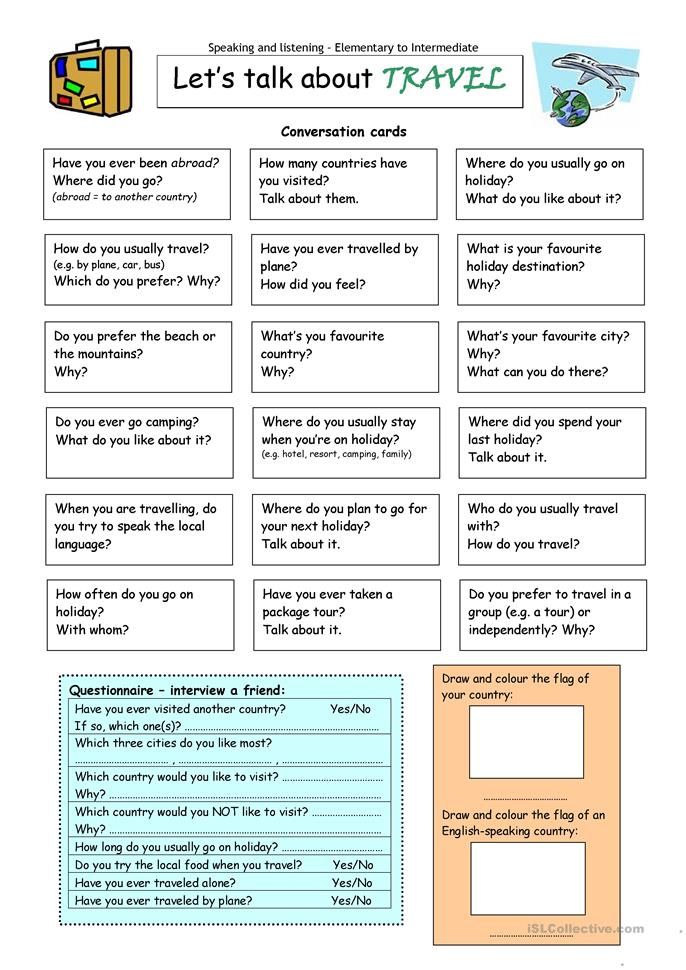
13. Look into my eyes
Have your students take turns staring into each other’s eyes for 60 seconds. This trust activity might frighten students a bit as gazing in each other’s eyes is not easy. But, not only will they become better at maintaining eye contact, they should connect with one another on some level.
14. Falling trees
Students stand in a close circle with one student in the middle. That student in the middle is a tree, so he has to make his body stiff. Now, that student has to fall from the middle towards a person in the middle. That person has to catch the tree and push it to another side of the circle. Of course, the tree may not fall.
15. Blind artist
One of my favorite creative trust games for students is this one! Have your students form pairs. The students can’t see each other. One student gets a drawing you have prepared earlier. Ideally, the drawing should be something relevant to what you are teaching.
The student holding the drawing needs to give good instructions to the other student. The other student needs to draw it without being able to see the original picture. If you want to spice up the classroom game, you can put a variety of conditions to it, such as ‘no asking questions’, ‘must draw with your non-writing hand’, etc. Aren’t you curious about the results?
The other student needs to draw it without being able to see the original picture. If you want to spice up the classroom game, you can put a variety of conditions to it, such as ‘no asking questions’, ‘must draw with your non-writing hand’, etc. Aren’t you curious about the results?
When you use this team building energizer as a revision activity, you let the pair explain to the rest of the class what the drawing is about.
Conclusion
Now your students in your classroom are much closer, they should learn better as well. The fact that they like going to school now is very important. Make sure to take the time for team building exercises and trust games such as these ones, not only on the first day of school, but once every few weeks across the entire year. In fact, why not try out all the team building activities for students mentioned above this school year? Investing time now means they know each other well the next school year too.
And be sure to check out these posts as well for classroom energizers and first day of school activities, so you can get to know your students better.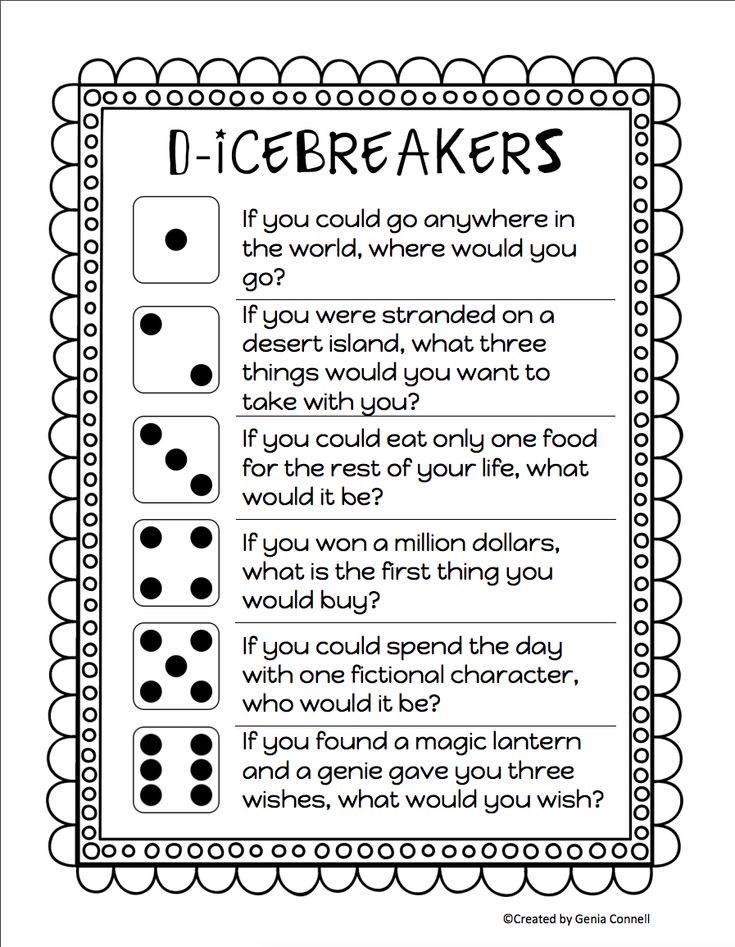
30 Creative Team Building Activities for Kids
I always remember the initial anxiety about meeting new people at the beginning of each school year. Looking for a familiar face or someone I could relate to. And just as it is awkward for adults to step into a meeting or an event with people you have never met, it is no different for kids.
Team building activities for kids are an easy way to engage students and support students who struggle with communication and social skills. Interactive games and activities are recommended on the first day of school and throughout the year to encourage teamwork and collaboration.
1. Silent Line Up
What parent or teacher doesn't love a silent game? Students have to line up based on personal facts about themselves, but the objective is to do it silently! Students can line up based on age, birthdays, or letters in their names.
Learn more: Line of Silence
2. Team Scavenger Hunt
This is a fun activity to get students to work collaboratively. Scavenger hunts require communication, strategizing skills, and teamwork! Divide students up into teams (3-4 teams based on group size) and provide them with clues to see who can solve them the fastest.
Scavenger hunts require communication, strategizing skills, and teamwork! Divide students up into teams (3-4 teams based on group size) and provide them with clues to see who can solve them the fastest.
Learn more: Indoor Scavenger Hunt for Kids Free Printable - Thrifty NW Mom
3. Hula Hoop Pass
In this activity, students have to use their bodies to pass a hula hoop. Students will stand side-by-side in a line holding hands. Put a hula hoop on the arm of the first person. The objective of this game is for students to get the hula hoop down the line while still holding hands. What a great way to build teamwork and practice communication!
Learn more: Hula Hoop Pass
4. Blind Mice
Grade 1 guiding a partner over the obstacle course.
— Sam Mitchell 🇨🇳🇸🇬🇫🇷🏞️🚴(she, her, elle) (@sammiemitch2973) May 3, 2019#adventure #PhysEd @UWCSEA_East pic.twitter.com/646uLaUbcJ
Test your listening, teamwork, and problem-solving skills. Set up a simple obstacle course and break students up into teams. One team member will complete the obstacle course while their teammates give them verbal instructions. Students can play for fun or you can set a time limit for a challenge.
Learn more: P.E. Universe
5. Trust Ball
This is another silent game for kids that promotes communication and teamwork skills. Students stand in a circle and try to pass the ball around to every student without using any words or sounds. The objective of the game is to get the ball to everyone without dropping the ball. If the ball drops, you have to start over! Each student should hold up a finger to represent how many times they’ve had the ball. Healthy competition can be held between teams to determine how many times they can pass the ball to everyone in the circle without dropping it.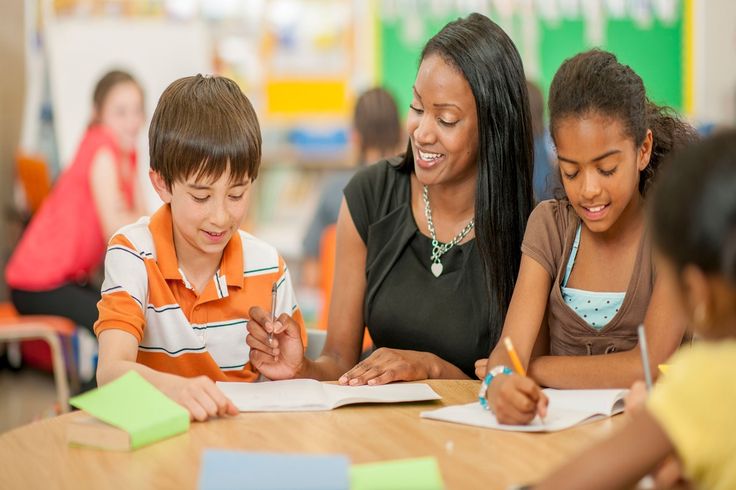 The team that passes the ball the most wins.
The team that passes the ball the most wins.
6. Build it Challenge
One of the best ways to improve team-building skills is working together to solve a problem. Fill baskets for each team with random supplies (cups, popsicle, sticks, tape, etc.) Students build the tallest tower using all of the materials in the basket. The tallest tower wins!
Learn more: Tower Challenge
7. Lego Challenge
The things you can do with Legos! Break your students into teams and challenge them to create a structure (robot, building, house, etc.) in a set amount of time.
Learn more: 60 Second Lego Challenge
8. Relay Races
There are so many different ways you can get students to work collaboratively with relay races! This outdoor activity is fun, challenging, and requires students to be able to solve problems while working together as a team. For the different relay, race ideas check out 45 Fun Relay Races.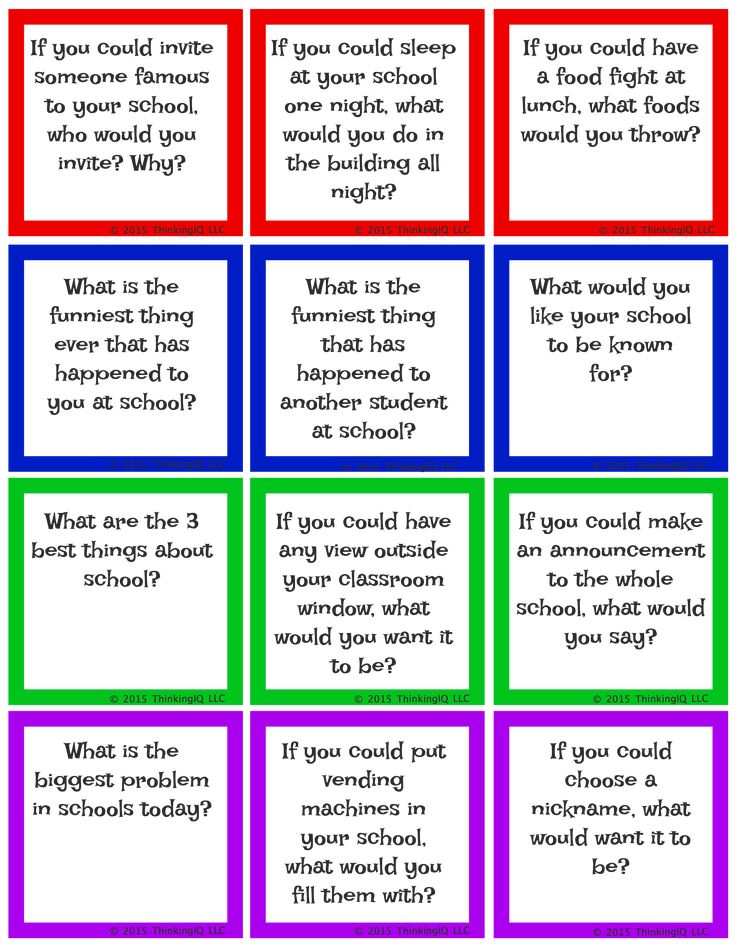
Learn more: Kid Activities
9. Community projects
Students working together for a greater cause is a great way to build a community while serving others. Students can build social and life skills while painting a gate in the community or planting a community garden. Allow students to come up with some ideas based on the needs of their community.
Learn more: Amber Melanie Smith
10. Marshmallow Challenge
Although the supplies needed for this activity are simple, the task is challenging! Teams have to build a standing tower using marshmallows, toothpicks or spaghetti, tape, and string. The tallest standing tower wins!
Learn more: Play Meo
11.
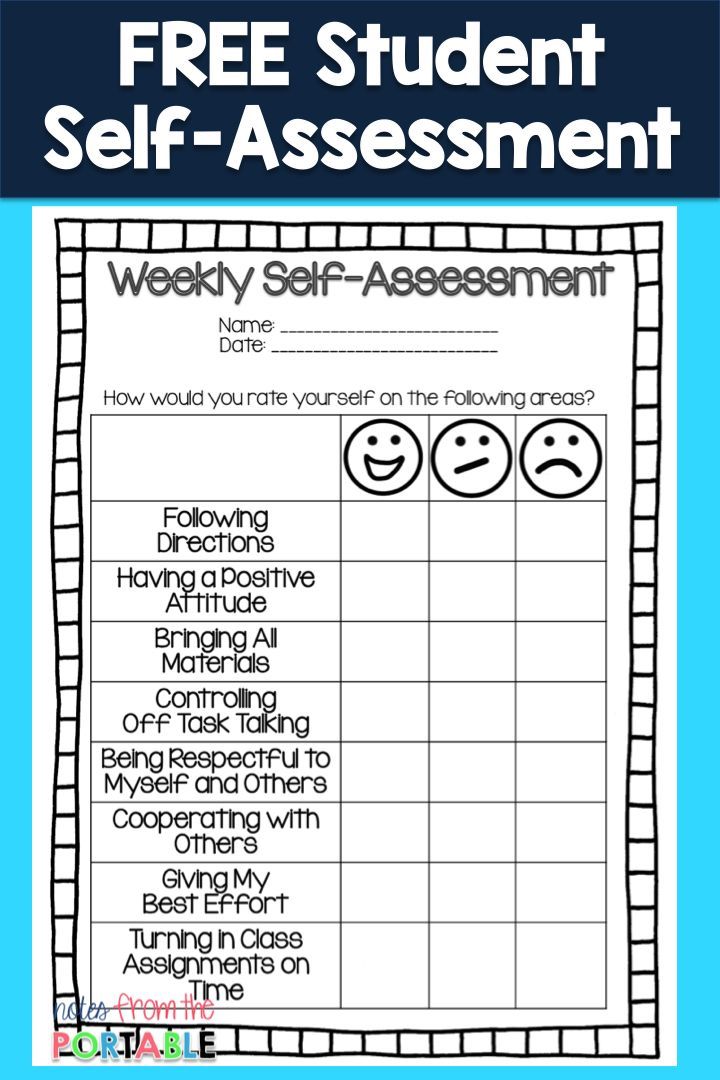 Compass Walk
Compass Walk This activity requires trust! Students have to rely on the direction and guidance of their partners. Break students into pairs. Identify a certain object for students to walk to, this could be a construction cone, chair, or a tree. One student closes their eyes while their partner walks alongside guiding them with verbal directions.
Learn more: Play Meo
12. Lean Walk Challenge
Lean Walk Challenge is another challenge that builds trust between partners. Designate a finish line and pair students. Students lean into each other (shoulder-shoulder) and try to walk to the finish line.
Learn more: Play Meo
13. Rock, Paper, Scissor Challenge
This is one of my favorite challenges to do with all grades and ages.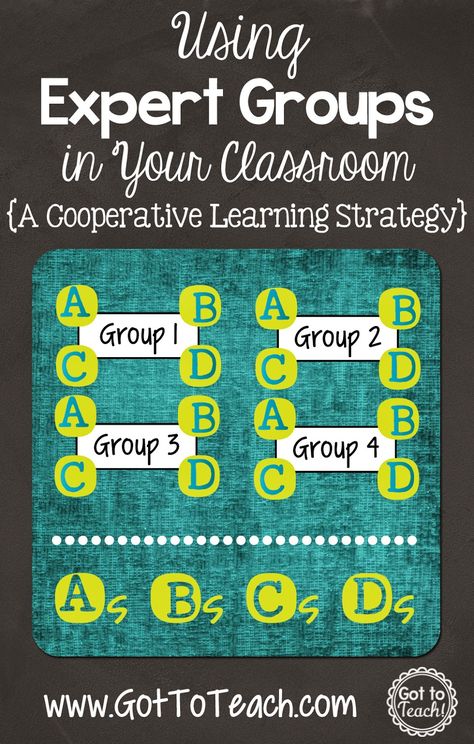 Everyone starts out in pairs. Each pair plays a game of rock, paper scissors. The winner of the game goes to find another winner, while the person who loses follows the winner and becomes their cheerleader. The game ends with two people competing while their cheerleaders cheer on all the people they beat. Whoever wins in the match against the last two people wins the challenge.
Everyone starts out in pairs. Each pair plays a game of rock, paper scissors. The winner of the game goes to find another winner, while the person who loses follows the winner and becomes their cheerleader. The game ends with two people competing while their cheerleaders cheer on all the people they beat. Whoever wins in the match against the last two people wins the challenge.
14. Guess Who
Listening skills, communication, and memorization are all the skills needed to win this game. To prepare for this activity, have students write down one special fact about themselves and collect each fact. Give students a set amount of time to find a partner and a set time to talk to that partner. After every student has paired, bring everyone back together.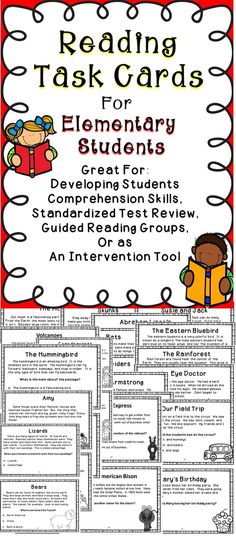 Students will guess who the special fact is about based on the conversations they had with each student. Whoever matches the most facts with the correct students win.
Students will guess who the special fact is about based on the conversations they had with each student. Whoever matches the most facts with the correct students win.
15. Making Connections
Students complete a task while looking for common interests. Pick one student to start the connection. The student stands with one hand on the hip and then speaks a statement about himself. Any student who shares the same statement will appear and establish contact with the student. Next, the second student shares a statement and so on, until everyone is standing in a straight line connected by the arm.
Learn more: Play Meo
16. Over the Electric Fence
Problem-solving is more fun when you’re doing it together.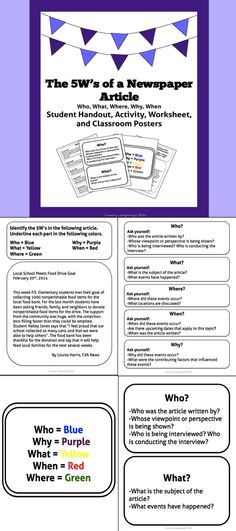 Students have to strategize a way to get over the electric fence while staying connected. Tie the two chairs together with rope. The string should be about 3 feet off the ground. Break students into groups of 3 or 4. Give students a set amount of time to figure out how to get over the fence.
Students have to strategize a way to get over the electric fence while staying connected. Tie the two chairs together with rope. The string should be about 3 feet off the ground. Break students into groups of 3 or 4. Give students a set amount of time to figure out how to get over the fence.
Learn more: Book Widgets
17. Escape the Classroom
Groups will have to solve clues to figure out how to escape the room. Create a set of different clues around the classroom. Groups will go around the room searching and solving the clues that will lead them to victory!
Learn more: Book Widgets
18. Shrinking Classroom
Divide your classroom into two groups and assign students to each group.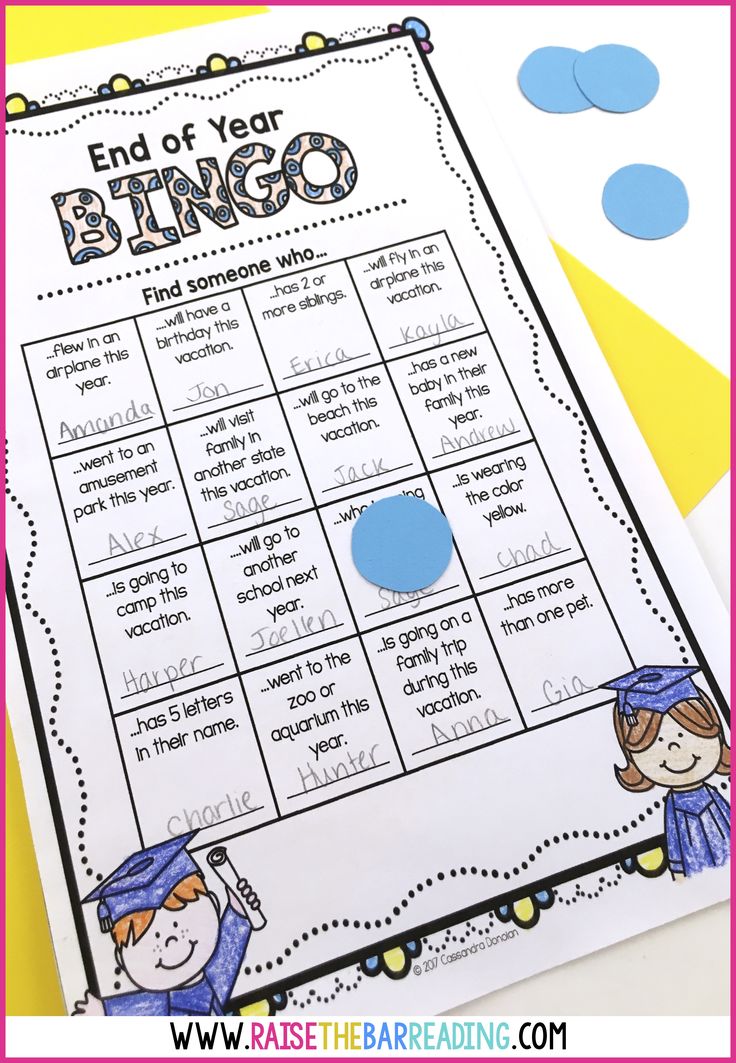 Use ropes to set boundaries for each group. Start by moving the rope to reduce the student's standing space. The objective of this competitive activity is for students to find a way to stay inside the boundaries as it shrinks. The group that finds a way to stay in the smallest space wins!
Use ropes to set boundaries for each group. Start by moving the rope to reduce the student's standing space. The objective of this competitive activity is for students to find a way to stay inside the boundaries as it shrinks. The group that finds a way to stay in the smallest space wins!
Learn more: Book Widgets
19. Blind Artist
In this activity, students have to rely on their partner’s communication skills to draw a picture. Pair students and instruct them to sit back-to-back. One student will instruct their partner to draw a picture. When the timer goes off, students will compare their pictures to see how well their partner was listening.
Learn more: Book Widgets
20. Falling Trees
Falling trees is a game of trust. One student stands in the middle of a close circle surrounded by classmates. The student stiffly falls forward or backward, as the student falls one of his classmates catches them and pushes them to the other side of the circle.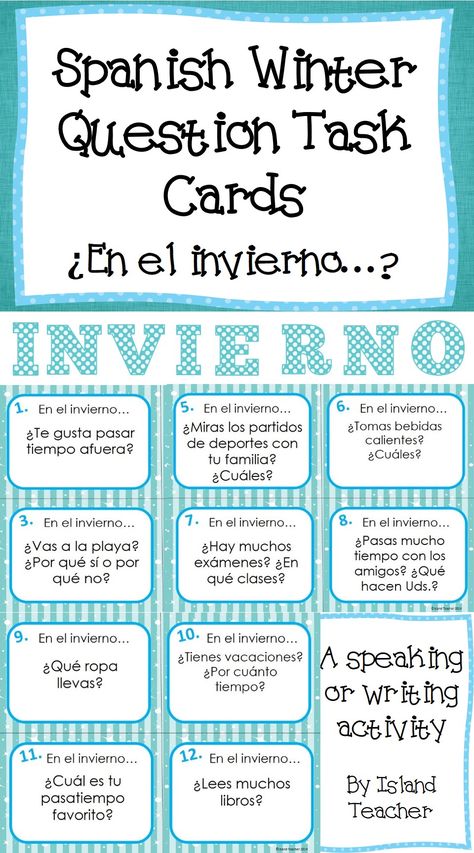 The goal is not to drop the tree.
The goal is not to drop the tree.
Learn more: Book Widgets
21. Build a Story
Build a story is a creative way to get students to work collaboratively. This activity is great for kids over the age of 7 to develop their interpersonal skills. Teams will work together to write a story. Each student will be responsible for building a different part of the story. Stories can be shared once they are finished.
Learn more: Everything Mom
22. Crossing the Line
This is activity is harder than it seems. Students have to figure out how to cross a line, but the catch is they have to cross the line all at the same time. Communication, patience, and strategy are needed to complete this task.
Learn more: Everything Mom
23. Karaoke Routine
Yes! Karaoke is a team-building activity! It’s a silly way to collaborate while showing off your singing skills. Students are split into groups and they have to pick a song to perform.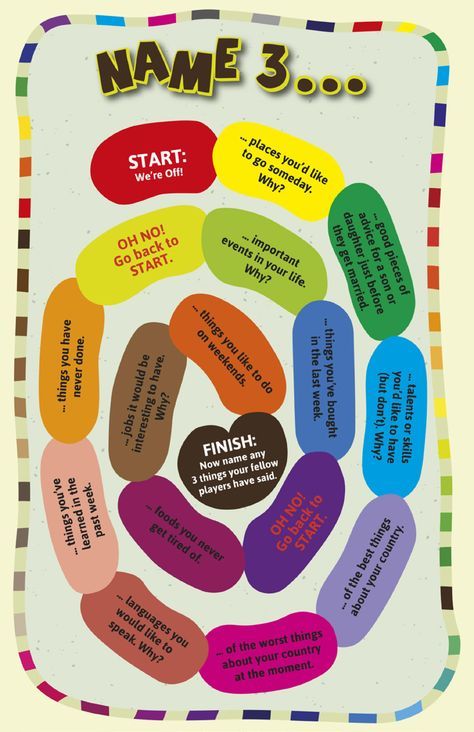 Creating dance routines, assigning roles, and adding props are fun ways to bring this activity to life.
Creating dance routines, assigning roles, and adding props are fun ways to bring this activity to life.
Learn more: Everything Mom
24. Murder Mystery
Who doesn’t enjoy solving a mystery? Create clues and pick a theme for your murder mystery. Assign characters to students and encourage them to dress the part!
Learn more: Everything Mom
25. Thankful Challenge
This is an indoor team-building activity that can be done throughout the year to reinforce community dynamics. Pair students and tell them they have 3 minutes to find something in the room to gift to their partner. Students have to find a gift and find a way to wrap it in 3 minutes. The person that finishes the fastest wins.
Learn more: Everything Mom
26. Building a Card Tower
Students have to build a standing tower using a deck of cards. Students can get creative with the structure of their towers, but the only rule is that they can only use cards!
Learn more: Feel Good Teaching
27.
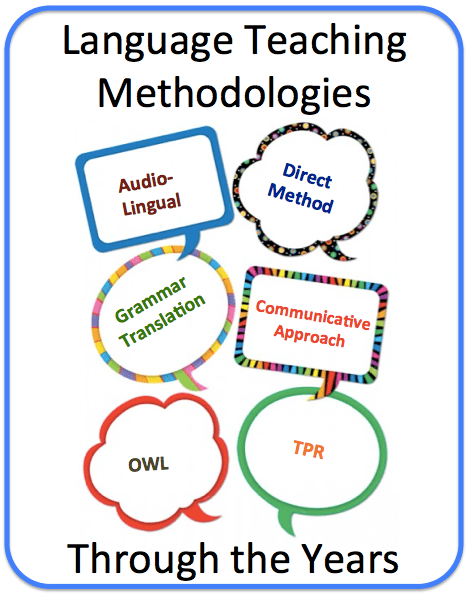 Teamwork: Stack Cup
Teamwork: Stack Cup All you need for this activity are cups, rubber bands, and string. Stack the six cups only using the strings! Each student will be given a cup with a rubber band and string attached to it. Each student is responsible for stacking their cup using only the string. The first team to finish wins.
Learn more: Ms. Sepp's Counselor Corner
28. Straw Bridge Challenge
Students work together to build a bridge using straws, popsicle sticks, and tape. Arrange a time for students to plan and build. Once the bridges are done, the real challenge begins! Bridges that can bear the weight of objects will win!
Learn more: Take The Straw Bridge Challenge!
29. A Top of the Tower
This is another activity that requires students to work as a team to plan and build. Using pencils and tape, students will build a tower that is strong enough to hold an object of their choice.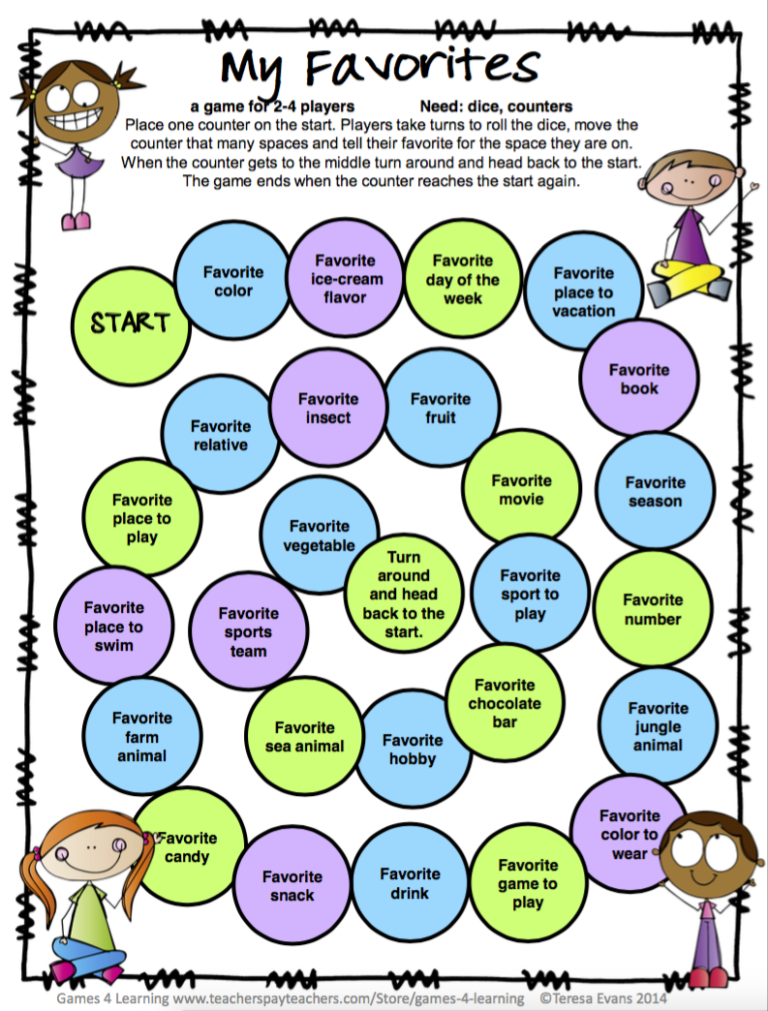 The object can be a stuffed animal or a small action figure.
The object can be a stuffed animal or a small action figure.
Learn more: Elementary Island Blog
30. Paper Chain Race
This activity ends with a highly anticipated race! Students race to create the longest paper chain they can create in a set amount of time (Younger students will need more time). Arrange each set of paper chains to compare the length. Whatever team has the longest paper chain wins.
Learn more: The Math Chick
Team building activities and games for kids help build trust while also promoting communication, problem-solving, and team skills. All these activity ideas for kids are easy to do in a classroom, hallway, or outdoors and are easy to set up. See the excitement and determination in your students as they take on different challenges. Teamwork makes the dream work!
Frequently Asked Questions
What is a team-building activity?
A team-building activity is a task that motivates people to work together.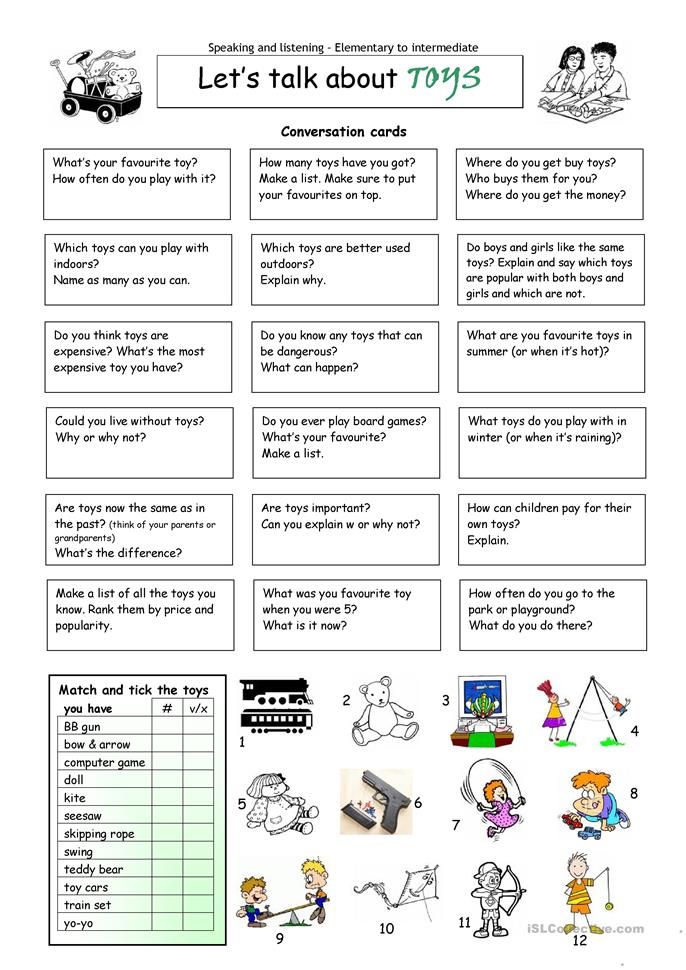 Strengths are revealed through completing a task together.
Strengths are revealed through completing a task together.
What are some fun team building activities for kids?
Fun team-building activities engage and motivate students to complete a task. The keyword is fun! When participating in activities, students will be more comfortable exploring their own challenges and advantages.
How do you teach kids teamwork?
Kids learn teamwork the same way they learn any other skill, which is practice. Providing students with activities that require them to work together maximizes communication, problem-solving skills, and teamwork skills.
What makes a good team?
A good team should run like a well-oiled machine. Qualities of a good team are communicating well with each other, focusing on a common goal and results, and everyone doing their equal share.
Organization of joint activities of students in class 1 | Article (grade 1) on the topic:
Organization of joint activities of students in the classroom in grade 1
I.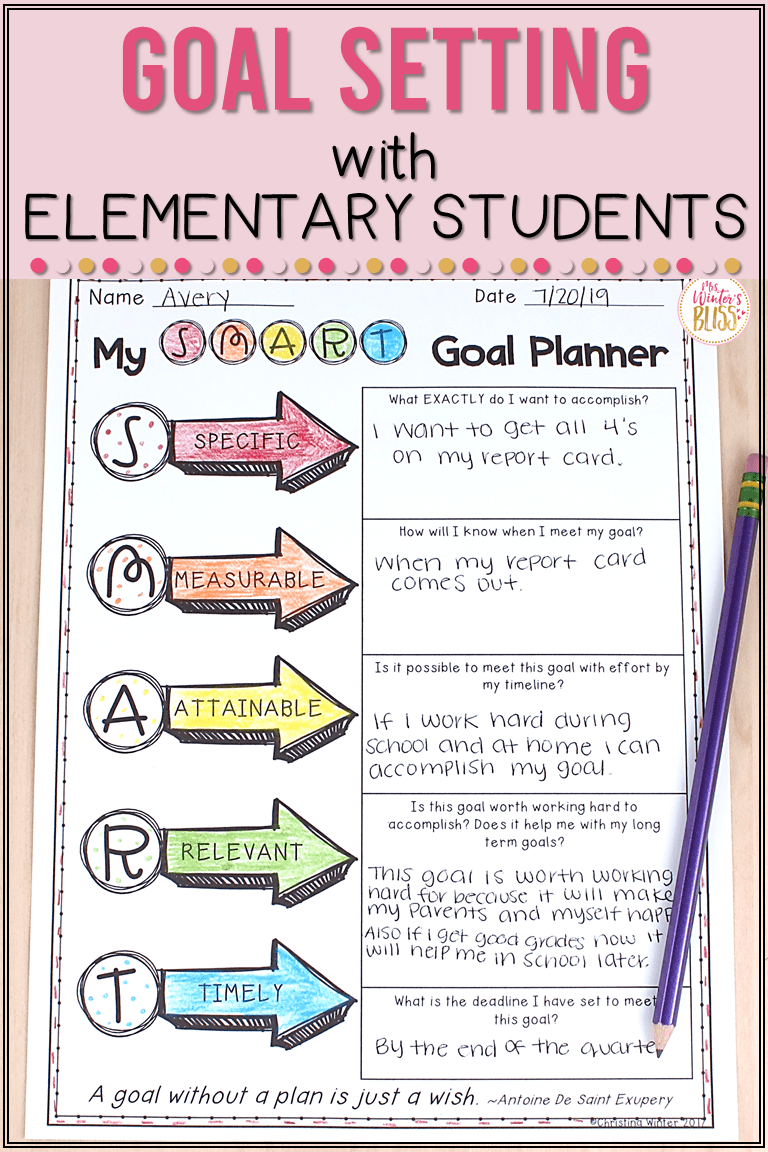 N. Ilkukhina
N. Ilkukhina
SBEI School No. 43 with in-depth study of foreign languages "Linguistic School" of the Primorsky District of St. their abilities, creative forces were released, and the individuality of schoolchildren could reach its peak.
The solution of this problem can be facilitated by the use of group and pair work in the educational and educational process.
So, the purpose of the work is to create conditions for the formation of skills in pair and group work in elementary school.
To achieve the goal, the tasks of the teacher are:
- to teach ways of organizing groups of joint interaction;
- to teach to plan and carry out activities during the educational process;
- to develop communication skills: to express and defend one's point of view; listen and hear the interlocutor; negotiate, etc.
- to form an adequate self-esteem and mutual evaluation.
We are all well aware of the parable that says, “To feed a hungry man, you can catch him a fish.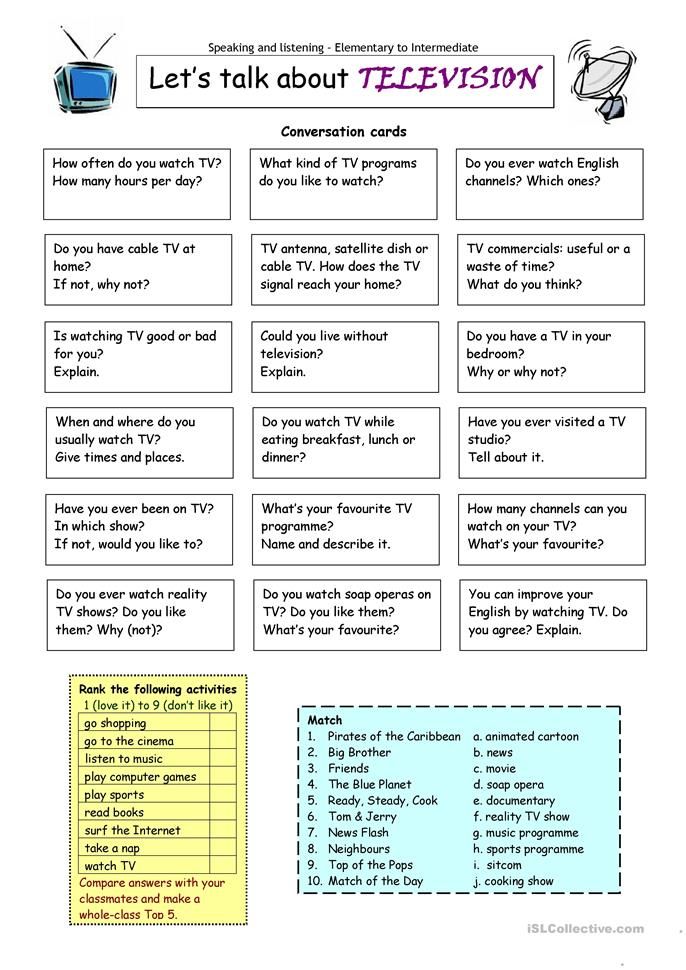 And you can do otherwise - teach how to fish, then a person who has learned to fish will never be hungry again. We must teach how to catch that same fish.
And you can do otherwise - teach how to fish, then a person who has learned to fish will never be hungry again. We must teach how to catch that same fish.
How to teach?
Already from the 1st grade, I teach children to help each other, I use situations in which their help to classmates is shown. At this stage, children learn the norms of communication at school, in the classroom, they only learn to communicate with each other. Gradually, children understand that they can express an opinion, argue if necessary, but only without interrupting or offending anyone.
Before starting to work together in pairs in the first grade, at the beginning of the year I conducted a diagnosis according to the method of G.A. Zuckerman "Mittens" and revealed which of the children managed to agree with whom in a pair. The performance of children's work was analyzed according to the following levels of indicators:
1. High level - mittens are decorated the same and similar;
2.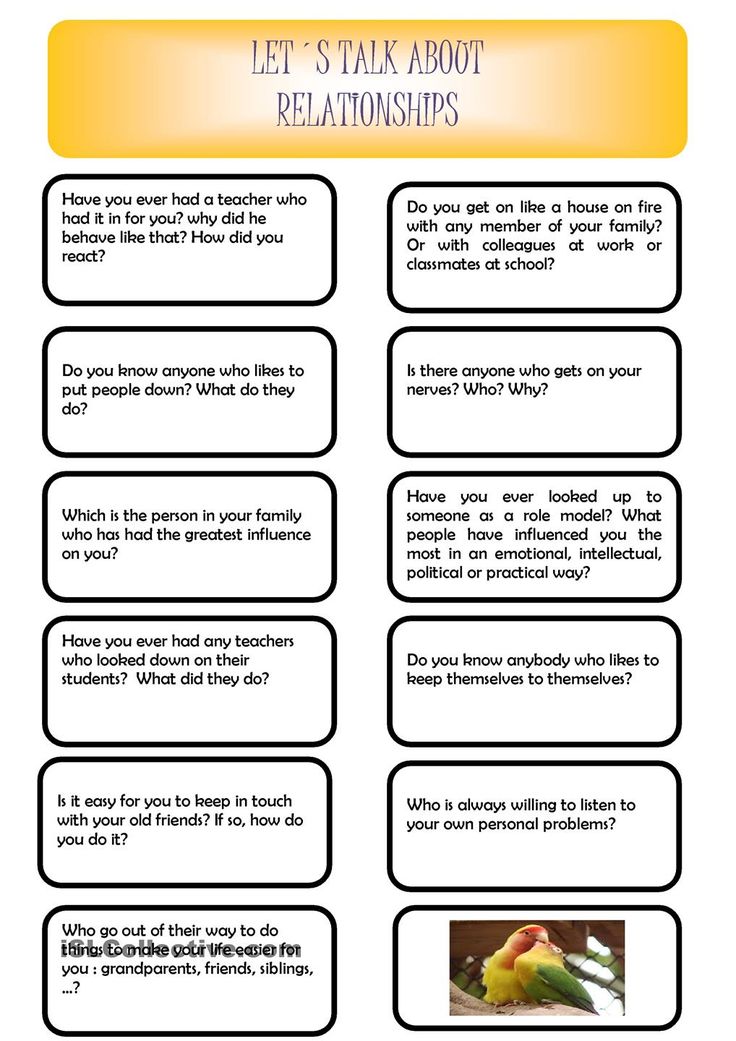 middle level - partial similarity;
middle level - partial similarity;
3. low level - differences clearly prevail in conditions, there is no similarity.
Upon completion of the students' creative work, the following results were obtained. The performance of work varies at the following levels: high level - three pairs (6 people), medium - 9 pairs (18 people), low - four pairs (8 people).
Conclusion: according to the results of the analysis of communicative skills according to the “Mittens” method, it was revealed that students should work on developing the skills to listen and hear each other, negotiate, analyze and evaluate the results of their activities.
Pair work is the first step in group work. At the initial stage, we learn to identify successes and failures in work, we try to draw a conclusion about how to negotiate, we create rules for working in pairs. They are presented on the next slide.
Rules for working in pairs:
1. We speak in a low voice.
2. Working together.
3. Let's agree: if there is a written task, how will we do it, who writes, who speaks.
4. In a speech, speak on behalf of two persons: “We think, we think, we have decided…”
5. When we have finished the task, we raise our hands.
6. Evaluate the work, thank each other.
In later stages, we practice applying these rules. How do I use pair work in class?
In literary reading lessons, we have developed the evaluation criteria and I have developed in the table:
No. Assessment criteria 3 points 2 points 1 point
1 method of reading in whole words according to syllables according to syllables according to syllables according to syllables0003
2 Correct reading no errors 1 - 2 errors 3 - 5 errors
At first, we evaluate these criteria together with the children. Then the assessment is carried out by the children (collectively), I express my point of view after their opinion. When the children have learned to evaluate the reading of a friend according to these criteria, I suggest that they do this work in pairs.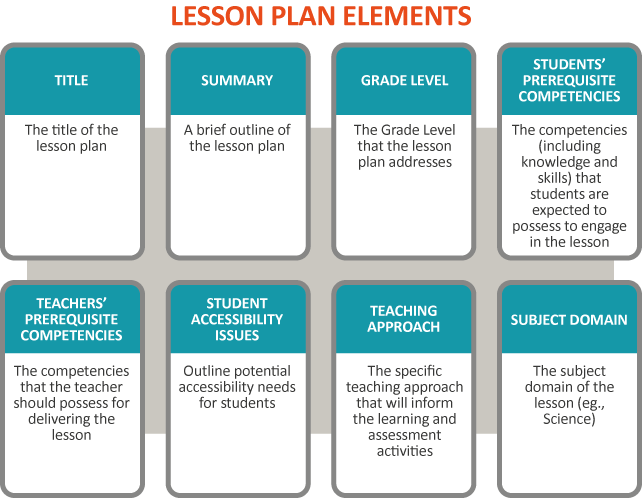 We agree that everyone is preparing at home and everyone wants to read, but we don’t have the opportunity to listen to everyone in the lesson, and now, so that there are no offenses and have time to read everything, we will do this work in pairs. One to two students with the highest score are asked to read the words, sentences or text to the whole class. This encourages the rest of the students to read better so that they can be asked, and the work of the student acting as the teacher is also checked.
We agree that everyone is preparing at home and everyone wants to read, but we don’t have the opportunity to listen to everyone in the lesson, and now, so that there are no offenses and have time to read everything, we will do this work in pairs. One to two students with the highest score are asked to read the words, sentences or text to the whole class. This encourages the rest of the students to read better so that they can be asked, and the work of the student acting as the teacher is also checked.
I also use work in pairs of “replacement staff”. Each student receives a card with a task of one color, reads the task, understands its meaning, then chooses a partner with a card of a different color, not the same as his, retells the content of his card to him, asks a question to understand and clarify the content of the card in order to better understand, then exchange cards with other students until he knows the content of all the colors of the cards.
Using this technique, students independently teach each other how to solve problems of different levels of complexity. Students in the process of work change in pairs within their row, in other lessons between rows. This work allows children to move freely around the classroom. They are limited by time, so they try not to be distracted.
Students in the process of work change in pairs within their row, in other lessons between rows. This work allows children to move freely around the classroom. They are limited by time, so they try not to be distracted.
At the Russian language lessons I use pair work when checking the spelling of words or copying sentences according to the model. I'm doing a double check. Before work, we must determine the criteria. With the help of a green pen, students check each other's work according to the model (correctness, beauty of writing), correct errors according to the criteria and set a "grade" in the form of a symbol (a certain color or smiley).
In mathematics lessons, when checking the addition table, mutual checking is also carried out in pairs. With the help of conditional icons (+/-), students evaluate each other, counting the total number of errors and writing them down at the bottom after work.
When students have learned to work in pairs, I start organizing group work by forming groups.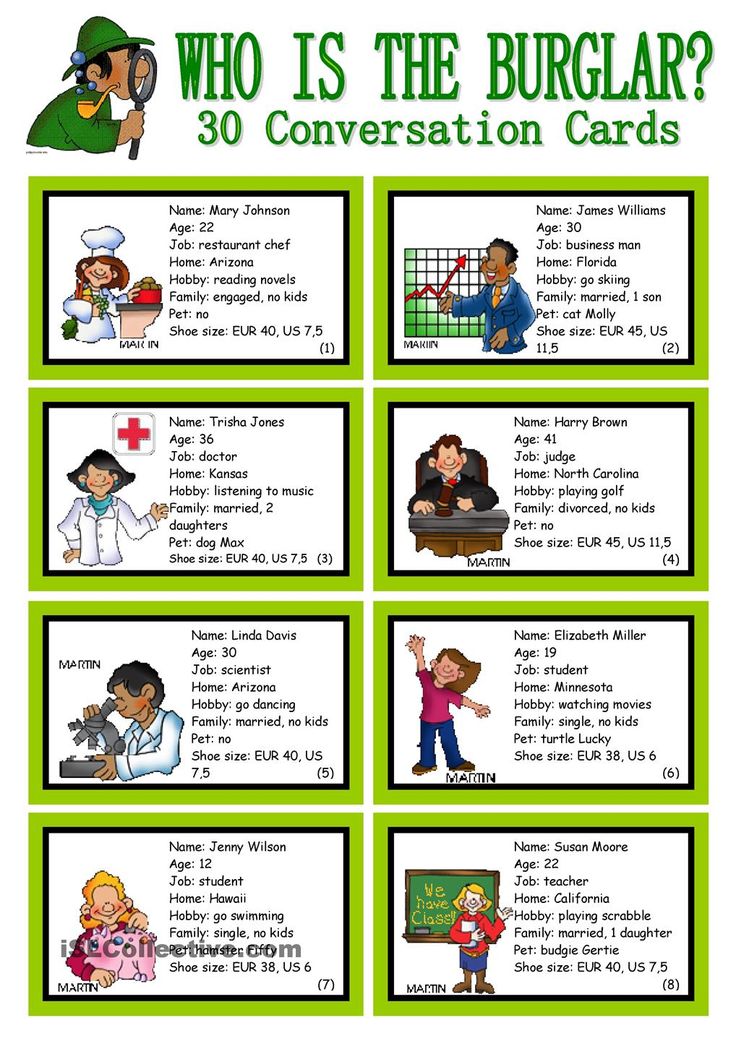 Groups are formed at first by myself, and then by the students themselves. The number of people in the group can be different (from 3 to 7 people).
Groups are formed at first by myself, and then by the students themselves. The number of people in the group can be different (from 3 to 7 people).
How to organize children into groups?
The choice of this or that method of forming groups depends on the goals that I set at the moment. For example, in order for schoolchildren to learn to work together, it is advisable to use groups carefully selected by me, which can remain unchanged for a long time (5 - 6 weeks). When the children have already mastered the basic skills of working in groups, I set them the task of learning to interact with all classmates, even if you do not like them. In this case, the most appropriate way to form groups is by the principle of randomness.
Types of groups:
• A group formed by the teacher in accordance with the set goals.
• A group formed by a leader (captain, commander).
• Optional group;
• "Random" group;
• Group on the topic of work;
• Group by task difficulty level.
Roles in the group:
reader – reads aloud;
secretary - takes notes on behalf of the group;
speaker - tells what the group decided;
timekeeper - keeps track of time;
employee - a member of the group participating in the discussion.
Redistribution, exchange of roles is a mandatory principle of organizing group work, aimed at teaching children to distinguish between their point of view and the point of view of partners, to coordinate different methods of action, to take into account the intentions of another person.
One of the main conditions for the quality work of the group is mutual understanding between the members of the group, the ability to conduct a dialogue, argue, discuss, but avoid conflicts.
We have developed rules that in the process of group work form a culture of communication between students:
• Speak calmly, clearly and only to the point.
• Take turns speaking.
• Listen to your interlocutors.
• Make sure everyone is involved in the conversation.
• Address a friend by name.
• Respect the opinion of each group member.
At the lessons of literary reading I use group work during reading by the roles of works. The class is divided into groups, roles are assigned, they read, they rehearse their words in a group, and then the group shows their work to the rest of the students.
After that, the children can unite into role-playing groups, identify the “best actor”, assemble a new group and show the “performance” again.
In mathematics lessons I use group work to check the rules. (Name the components when adding or subtracting, how to find one of the components, tell the rule. How much is one number greater or less than another, etc.).
I use group work at the technology lesson. Collectively we made postcards for mothers, a basket with vegetables.
At the lesson of the world around me, I also use group work using the “Singapore Method”.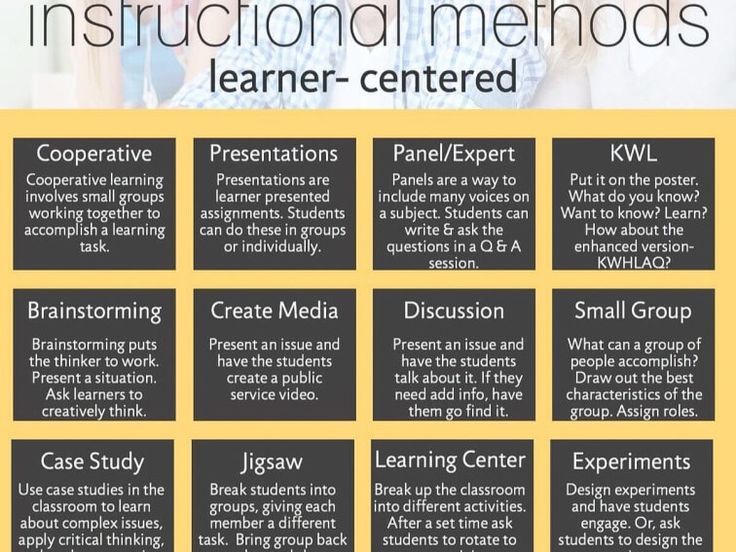
At the beginning (in order to repeat what was previously studied), and at the end (at the stage of consolidating the material covered). The class is divided into groups, each group receives a task. The meaning is as follows: the children, who have united in groups, tell the tasks first to the neighbor “on the shoulder”, then to the neighbor “on the face”, who is sitting opposite. Moreover, everyone needs to check the completed tasks and correct errors, if any. The first group to complete all the tasks and solve them correctly wins.
4 months after the first diagnostic work “Mittens”, I repeated this event and found out which of the children had learned to negotiate with which by the end of the year. Upon completion of the creative work of students, the following results were obtained. The performance of work varies at the following levels: high level - 13 pairs (26 people), medium - 3 pairs (6 people), low - 0. Conclusion: according to the results of the analysis of communication skills using the "Mittens" method, visual attention and thinking are well developed, they have learned to negotiate.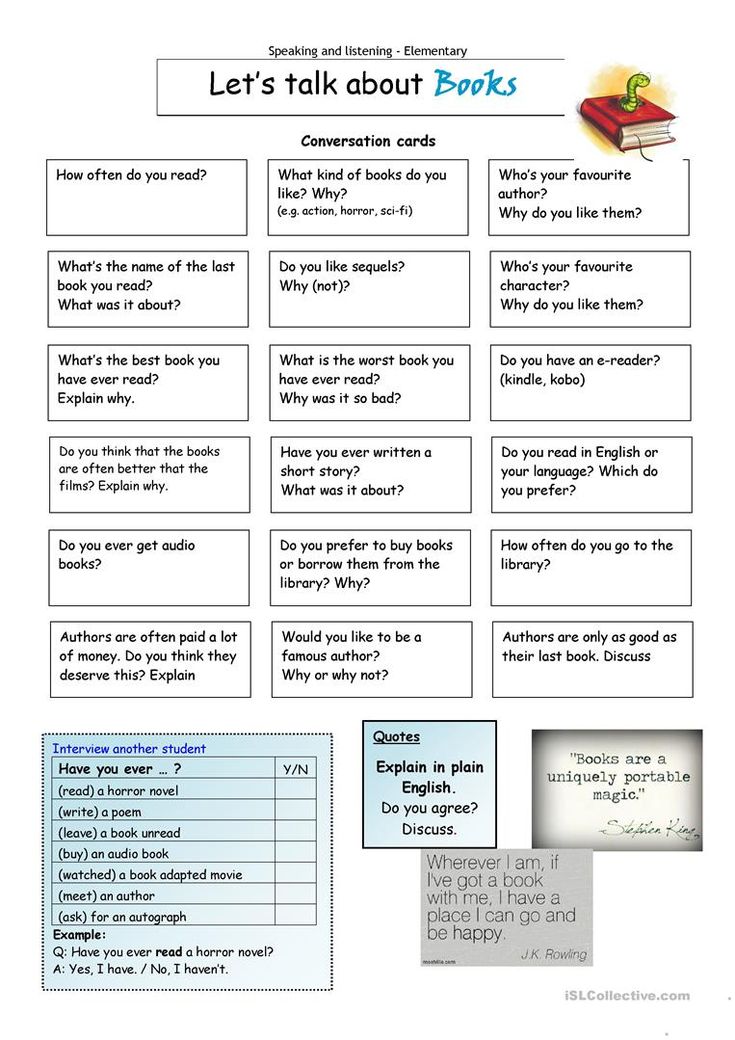
What forms group and pair work?
1. Respect for the opinions of classmates.
2. Education of tolerance, openness, tact, readiness to help.
3. Confident mastery of basic communicative actions: initiative, leadership, the ability to establish contacts, find reasonable compromises, resolve conflict situations.
4. Assimilation of the mechanisms of emotional-volitional regulation of one's own behavior, its orientation to the accepted value-moral and ethical norms.
There is no doubt that such an organization of the educational process gives good results, provides mental development, and most importantly and most valuable, develops independence, self-confidence, hard work.
If group work is properly organized and the participants are provided with a sufficient number of tasks with the obligatory exchange of information, even the "silent" will speak, because when interacting in groups or pairs, the process of forming communicative competence takes place.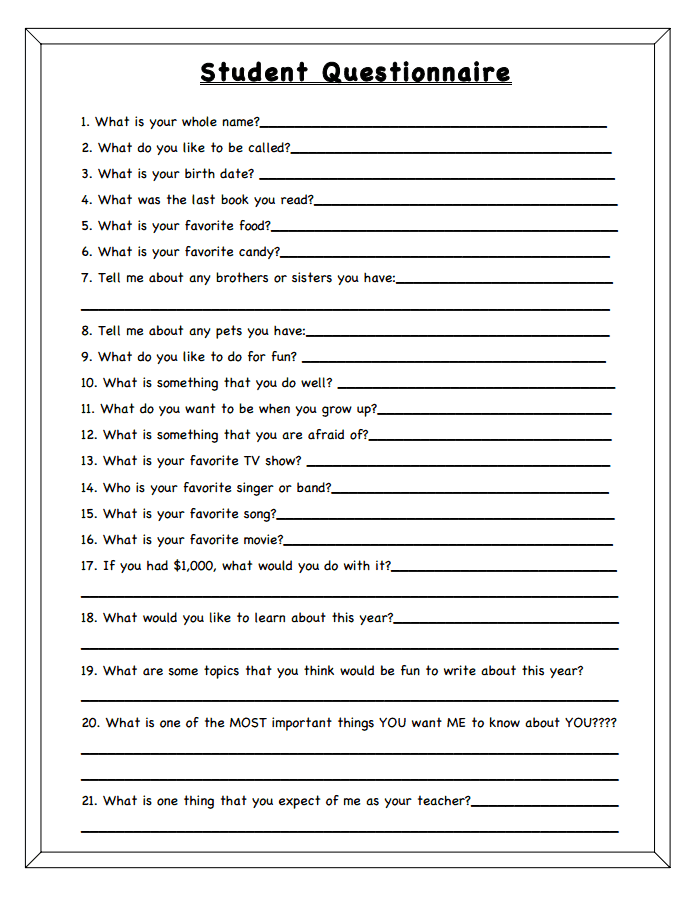 And this is one of the most important conditions for quality education.
And this is one of the most important conditions for quality education.
I would like to end with the following lines:
It is difficult to teach children today,
It was not easy before.
They taught to read, count, write:
“A cow gives milk”.
The 21st century is the century of discoveries,
The century of innovation, novelty,
But it depends on the teacher,
What kind of children should be.
I wish you that the children in your class
Shine with smiles and love,
I wish you health and creative success
In the age of innovation, novelty!
Joint activity of students in the lesson: models, principles and algorithms
Joint activities of students in the classroom: models,
principles and algorithms
Petrova Olga Nikolaevna
teacher MBOU secondary school No. 9
Lesson - that educational situation,
ta "stage" platform,
which not only sets out knowledge,
but also revealed,
personal characteristics of students are formed and implemented.
One of the conditions for increasing the role of the lesson in the primary grades is the inclusion schoolchildren in various types of educational activities, taking into account the active position student in the learning process, which involves the activation of intellectual and emotional-volitional sphere of the psyche.
When the emotional life of schoolchildren is fully manifested in teaching, space is given their thoughts and feelings, the lesson is greatly enriched, as if highlighted by different paints. Children work with pleasure, which contributes to their spiritual development and reduces fatigue.
The teacher is not is an observer, but directs all types of cognitive activity, development of observation, thinking, practical actions. Knowledge is not given finished form - the student's thought is aimed at searching, "acquiring" knowledge.
Main task teacher is to create an atmosphere of intellectual activity of students, in giving them the opportunity to be as independent as possible (with tactful guiding assistance of the teacher) not only to solve the set educational tasks, but to see and understand the difficulties that arise in the process of learning, to find ways to overcoming.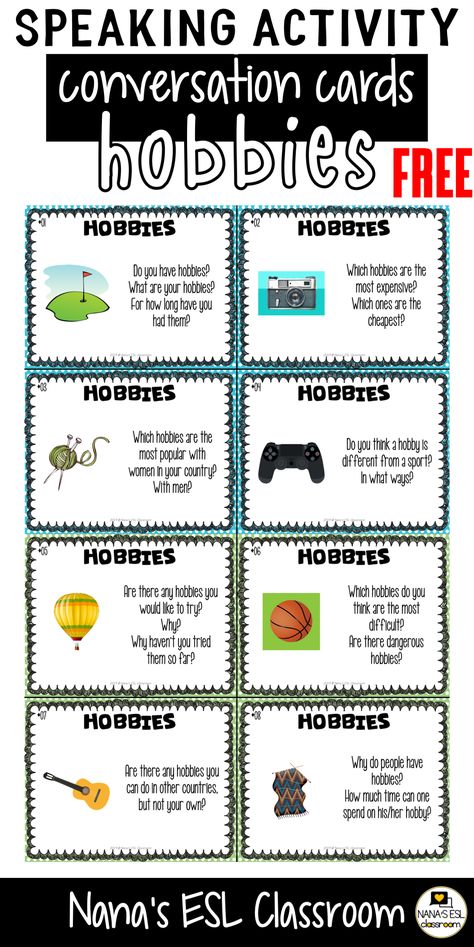 This type of activity contributes to the activation of existing students of knowledge about the subject of study, educates and develops observation, performance (conscious management of activities), self-control.
This type of activity contributes to the activation of existing students of knowledge about the subject of study, educates and develops observation, performance (conscious management of activities), self-control.
Primary school- it is, first of all, the creative work of the teacher. And this work is dedicated to the world of childhood. In each lesson, the teacher should try to create a situation of success for everyone. child. Success is the initial condition for the formation of personality. It's internal mood, comfort.
Back in the 14th century W. Wundt proved that with the passive perception of ready-made concepts, there appears physiological feeling of suffering, and with active tension, the desire for a certain goal, a feeling of satisfaction arises. Therefore it is necessary that the child in the lesson was active, developed, created, built his own knowledge. it does not at all mean a decrease in the importance of knowledge, skills and abilities, but means shift in emphasis.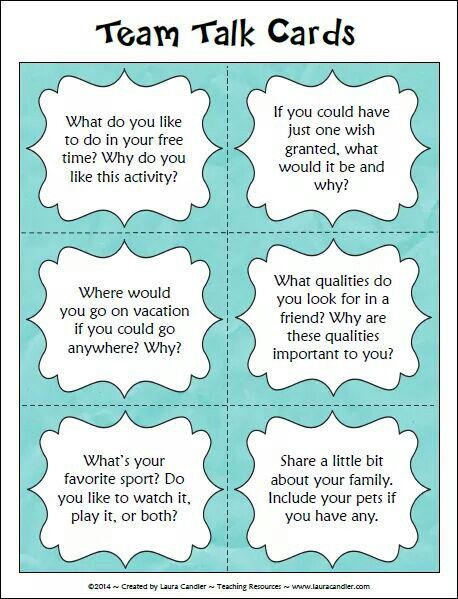
The position also changes a student for whom the main thing is not the grade received, but active interaction with the teacher and other students in order to gain knowledge.
Mental activity of a student should take up most of the time in class. To do this, you need to organize filling the lesson with creative tasks. Not every student has skills of independent activity in solving creative problems. Involving students into collective mental activity, especially at the stages of analysis conditions, hypotheses, search for solutions, efficiency analysis of the proposed solution, it is necessary to ensure that each student is an accomplice decision process, spoke the decision either out loud or to himself, and in the course of implementation hypotheses took an active position. Task selection should be based on so that when implementing the solution, each student can realize their potential with taking into account his level of knowledge and capabilities. Any new knowledge must be based on subjective experience of schoolchildren, their interests, inclinations, aspirations, individually significant values.
Apprentice as the bearer of subjective, personally significant experience for him must have the opportunity to make the most of it, and not just unconditionally accept (assimilate) everything that the teacher tells. The student must be given the opportunity show individual selectivity in working with educational material.
Under these conditions students will strive to be "heard", will speak out according to touched on the topic, to offer, without fear of making a mistake, their own versions of it meaningful discussion.
modern lesson:
1. Active student position in the classroom. A student in the classroom - learns himself, teaches others.
monoactivity of the teacher in the classroom. The teacher in the lesson is the “conductor” who creates conditions for the development of students.
3. At the lesson there is no impact, but interaction. The key position is cooperation, co-creation.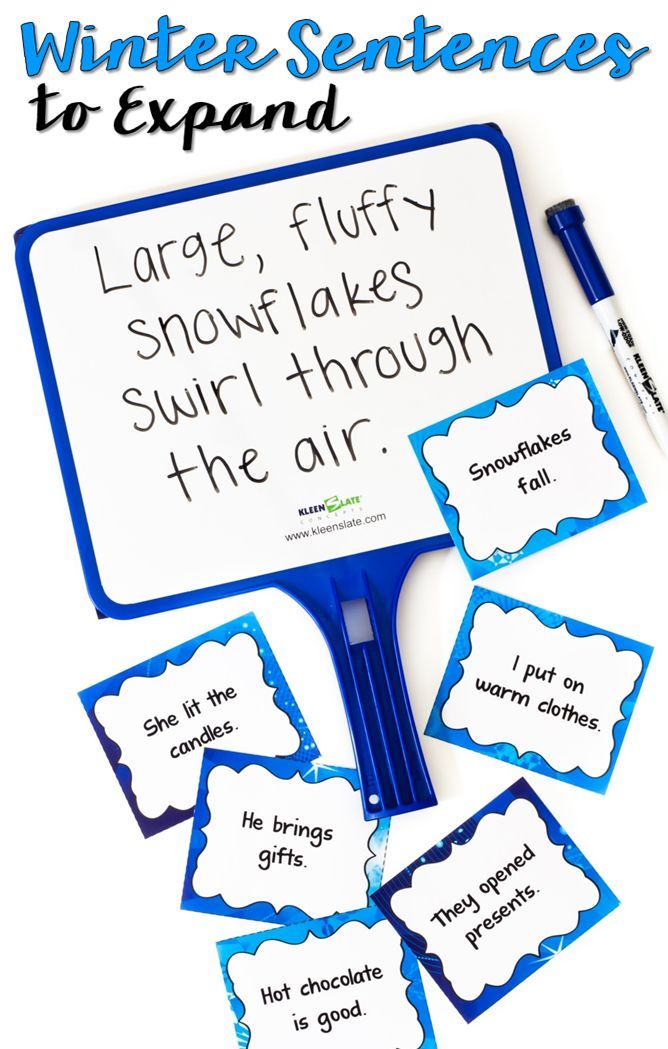
Activities teachers in the classroom in accordance with the requirements of the Federal State Educational Standard:
1. Creation positive emotional attitude to the work of all students during the lesson, atmosphere of interest of each student in the work of the class. promotion perseverance, activity.
2. Teacher does not impose anything, but creates such an atmosphere in the classroom when the child I want to share my thoughts, feelings and experiences. Professional the position of the teacher should be to treat everyone with respect student's statement on the content of the topic under discussion. The lesson should include discussion by children of a wide variety of versions, and children in this regard should not to be afraid of making a mistake, the wrong answer, especially ridicule from the side comrades and especially teachers.
3. Message at the beginning of the lesson, not only topics, but also the organization of educational activities during lesson.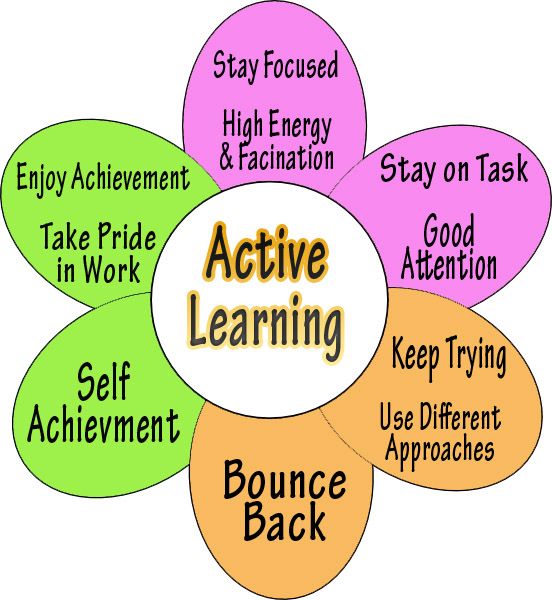
4. Creation pedagogical situations of communication that allow each student, regardless of his readiness for the lesson, show initiative, independence, selectivity for ways of working. Thinking through the teacher of opportunities for self-manifestation students, giving students the opportunity to ask questions without holding them back activity and initiative.
5. The use of tasks that allow the student to choose the type, type and form material (verbal, graphic, symbolic). Usage teacher of various forms and methods of organizing the work of students, allowing reveal the content of their subjective experience regarding the proposed topic.
6. Encouraging students to choose and independently use various ways to complete tasks in the lesson without fear of making mistakes, getting wrong answer. The teacher should assume the role of facilitator the organizer of the independent work of the class, flexibly distributing children into groups taking into account their personal characteristics, in order to create the most favorable conditions for their manifestation.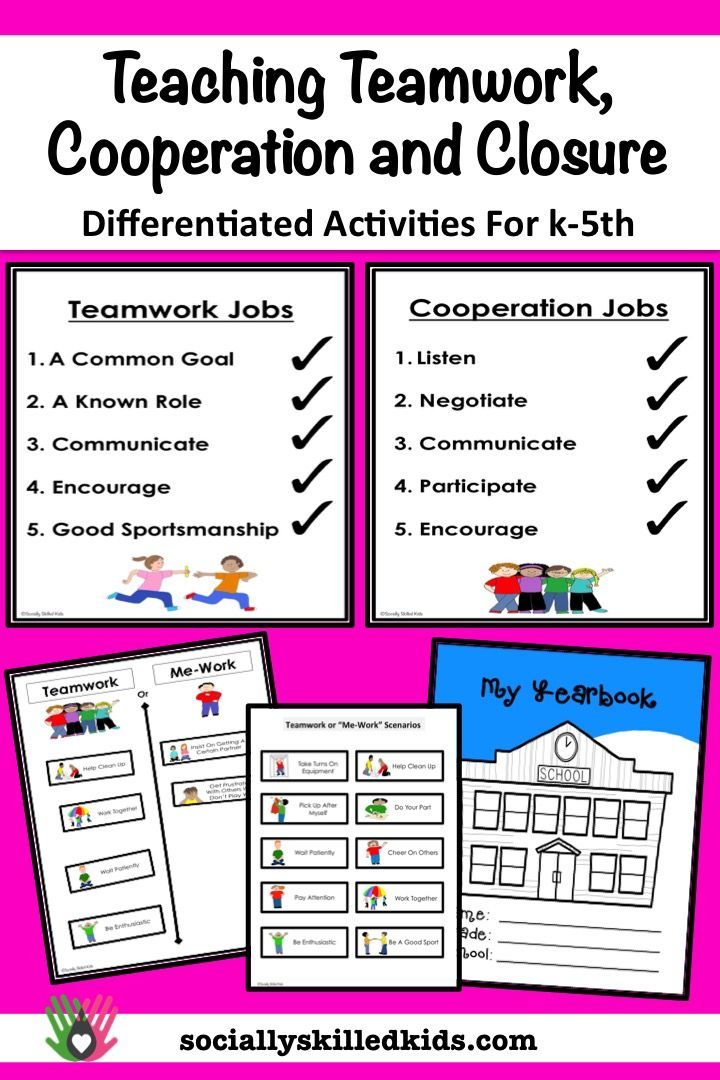
7. Promotion the desire of the student to offer his own way of working (solving the problem), analyze during the lesson the different ways offered by children, select and analyze the most rational ones, note and support the original ones.
8. Organization of the exchange of thoughts, opinions, assessments. Encouraging students to active actions to assimilate knowledge, to supplement and analyze answers comrades.
9. Use of problematic creative tasks. Key to encouraging students to creativity is the creation of conditions emotionally comfortable for creativity children, selection of creative tasks that stimulate independent creativity children. Only the independent creativity of children in the classroom will wake them dormant. capabilities.
10. Thoughtful alternation of types of work, types of tasks to reduce fatigue students.
11. Estimated (encouragement) when questioning in the lesson not only the correct answer of the student, but also analysis of how the student reasoned, what method he used, why he made a mistake and in how.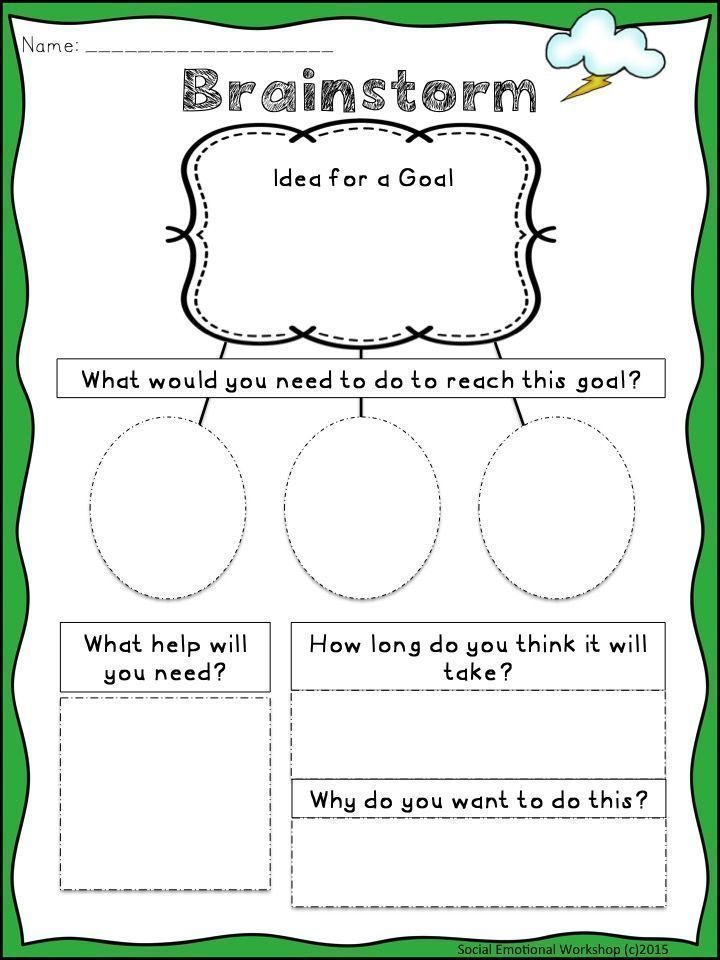
12. exposed to the student at the end of the lesson, should be argued on a number of parameters: correctness, independence, originality. When asked for lesson (when marking) to analyze not only the correctness (incorrect) answer, but also its independence, originality, desire the student to look for and find a variety of ways to complete tasks. promotion students' original ideas and hypotheses.
13. Possibly motivation of self-realization (creative, role-playing) assessment. It could be mark, and meaningful evaluation of the type of review, opinions, analysis, it is important that this is a different assessment, not for knowledge, skills, but for the fact, inclusion, manifestation of their creative inclinations, assessment of the nature of participation in educational work (degree of activity, role, position in interaction with other participants work, initiative, educational ingenuity, etc.)
14. Discuss with the children at the end of the lesson not only what “we have learned” (what mastered), but also what they liked (did not like) and why, what I wanted to do it again, but what to do differently.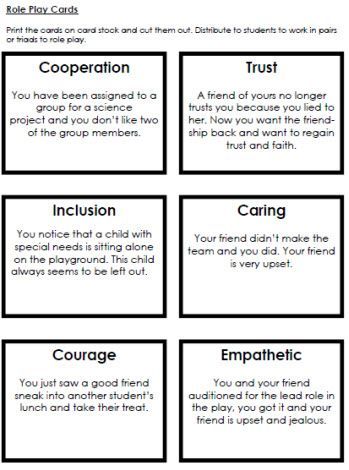
15. homework is called not only the topic and scope of the task, but also in detail explains how to rationally organize their educational work with doing homework.
16. Encourage students to use alternative ways to find information when preparation for the lesson.
children:
Not take all the initiative on yourself, and then the students will not be shackled in their actions, but will be independent.
speak often to students “I don’t know”, so that they think for themselves, be attentive, not asked several times.
Important normal, human attitude towards students, the environment in which they live.
Error - a find for the teacher! Teach children not to be afraid of mistakes any.
Unacceptable use the words: “We will talk about this later, later”, everything must be decided straightaway.
Listen everyone, you can't say "enough".
It is forbidden say: “Who will read Katya better?” Comparing a student to anyone, compare him only with his successes, advances in development!
On the everyone should be in a calm state, and not in a stressful state!
Schoolboy should know that they love him at school, they believe him, they forgive him.